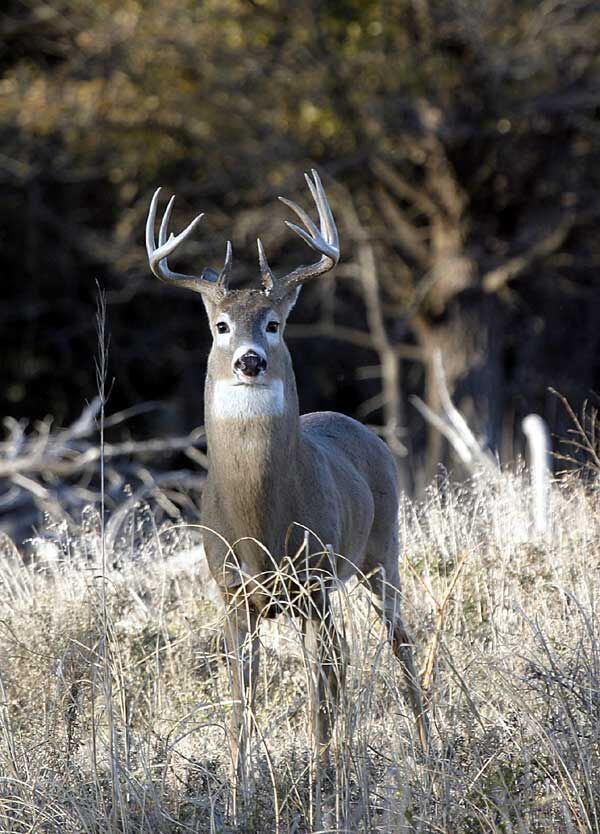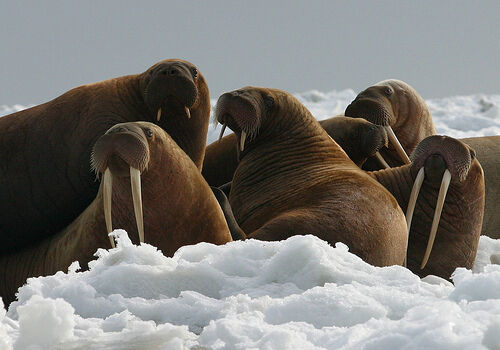A population is a group of individuals of the same species living in the same place at the same time. In order to properly designate it, it is necessary to specify in which geographical location this population is found.
The term population is useful for counting the number of individuals belonging to the same species in a given territory. The characteristics of a population are determined using indicators such as the age of individuals, their size and sex, the number of births and deaths, etc. This data is then listed in the form of statistics. Obviously, it is impossible to capture all the individuals of a species in order to count them. Consequently, there are indirect sampling methods (for more details, see the concept sheet on study of populations).
An isolated population of white-tailed deer is living on Anticosti Island, but they can also be found throughout North America. This population is made up of deer that are generally smaller than those found elsewhere.

Throughout the world, there are three populations of walruses: the first, in the Northern Atlantic Ocean; the second, in the Northern Pacific Ocean; and the last, in the Laptev Sea (Russia). Populations can be distinguished by certain physical characteristics, such as weight and development of tusks.

Many advantages can be derived from knowing the populations of an ecosystem. For example, by better understanding the biodiversity of an ecosystem, it is possible to fight against certain diseases (parasites, pathogens) or to control the dynamics of a given population. Additionally, biologists who participate in sampling in order to learn more about a population must take into account the dynamics of this population. Fluctuations may occur depending on the time of year the study is performed.